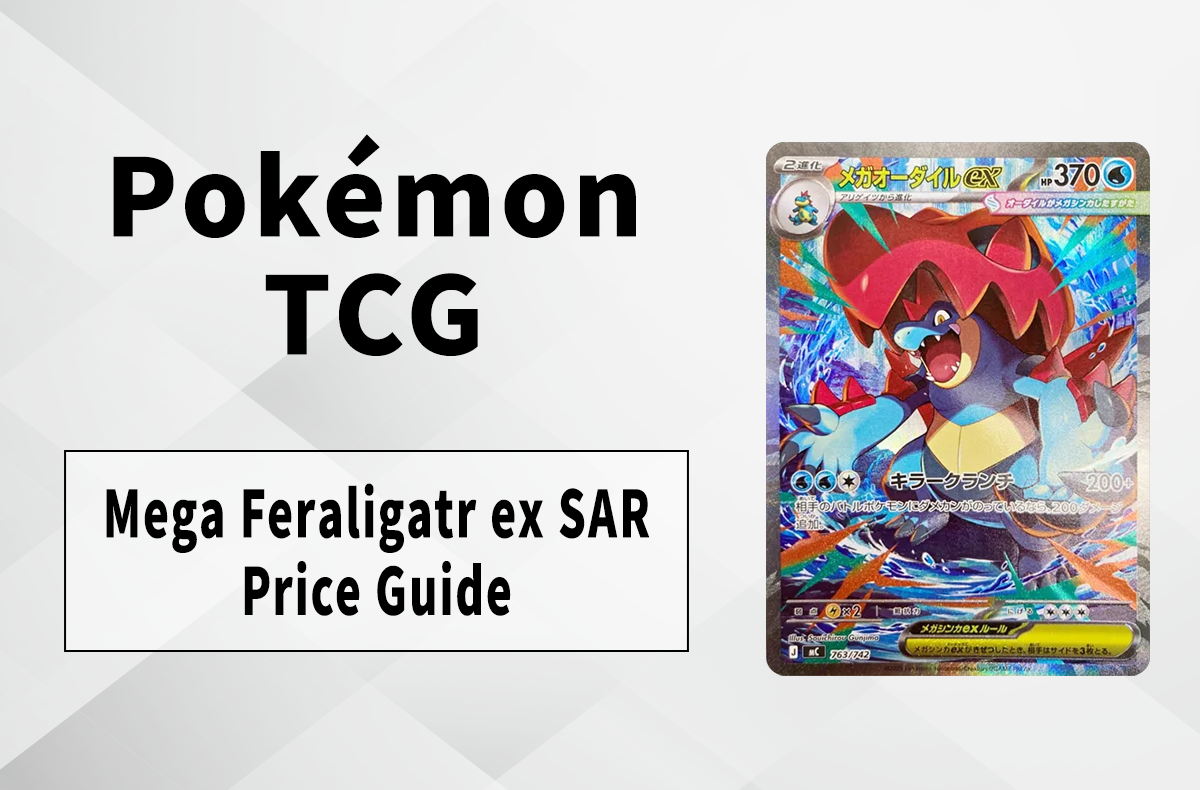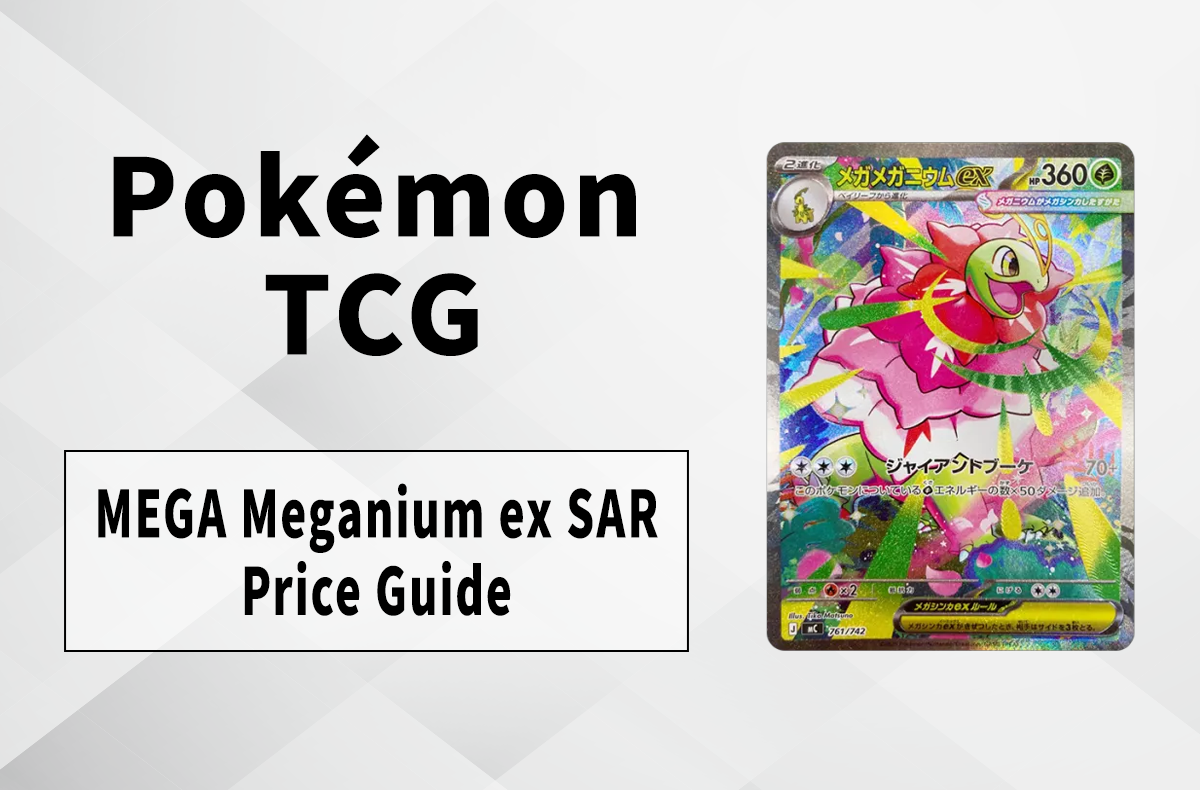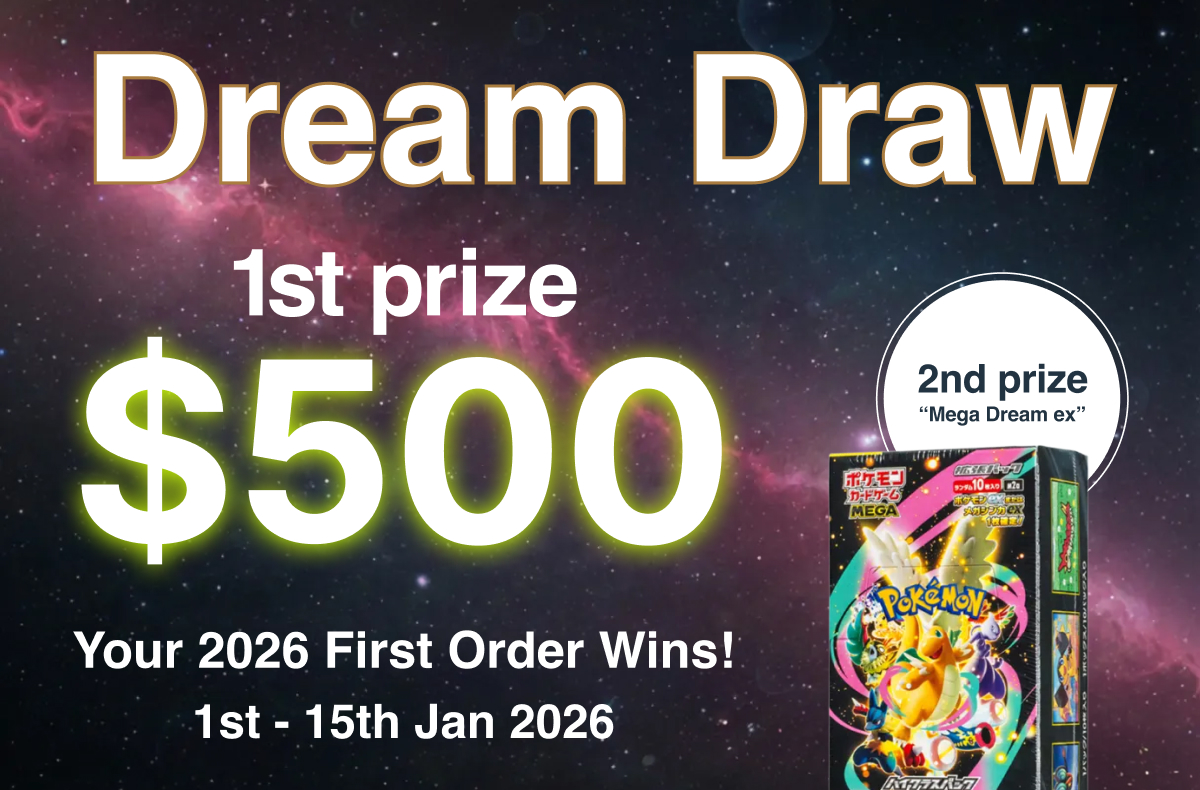Peak Pokémania: Pokémon and the Pokémon TCG in the 1st Generation
Whether you loathe "Genwunners" or are one yourself, there are reasons why Gen 1 is almost an entity unto itself even within the Pokémon franchise.
In June 2023, Creatures Inc. released Pokémon TCG set Pokémon Card 151 [SV2a], the first set in the history of the Pokémon TCG to contain every single Pokémon from its first generation.
The set’s popularity went through the roof—even as subsequent sets continued to be released, none even came close to the buzz surrounding Pokémon Card 151 [SV2a]. Such was the status of this set among the Pokémon TCG that when it was announced that a reprint of Pokémon Card 151 [SV2a] would be on its way in May 2024 (eventually arriving ahead of schedule in April 2024), that announcement overshadowed just about everything before it or since.
Demand for cards from Pokémon Card 151 [SV2a] hasn’t stopped. It’s clear that this is a truly special set—one which has captured the nostalgia of more than a quarter of a century ago and used it to reach a level of appeal that has almost never been seen with any Pokémon TCG set ever.
More than that, actually—what are “truly special” are the original 151 first-generation ‘mons and the place within Pokémon’s fanbase that they occupy. “But why?” you may ask. “There are over a thousand Pokémon today—what is it about the Gen 1 Pokémon that none of the others have?”
Pokémon in the Gen 1 Days

Well, to answer that question, we’re going to have to go all the way back to the years 1996 to 1999—the Gen 1 era of the Pokémon franchise.
When the Pokémon Red and Green video games were first released in Japan all the way back in 1996, almost no one could have foreseen the phenomenon that would spawn from them. Pokémon mania swept Japan and subsequently the world in almost no time at all.
In the mid- to late ‘90s, Pokémon was so much more than just a video game, anime, TCG, or manga franchise. It was an inescapable cultural phenomenon. Just about everyone had some level of interest in Pokémon due to its unmatched cultural impact.

For example, when walking into any public area, one would almost be guaranteed to see someone playing one of the Pokémon video games, wearing Pokémon clothing, or even buying Pokémon-related merchandise—even unofficial ones or outright knock-offs made purely to capitalize on the buzz.
To put into perspective just how massive Pokémania was during the Gen 1 days, think about how truly massive the entire Pokémon franchise is today, then realize that even all of this is after a steep decline in sheer hype and general popularity compared to the peak years of back then.
Pokémon’s cultural impact even extended to fan theories. Even today, people still speak fondly of their memories of trying to catch Missingno or Pikablu in the video games, for example.
Part of the reason why Pokémon could have the impact that it did during those years was the fact that it was before the social media era. Although social media has enabled lesser-known brands and franchises to advertise themselves and establish a foothold in the public consciousness, it’s now much more difficult for the big names to dominate in the way they once did because social media allows for personal curation of media that interests the user in question, thus splintering the pop culture landscape.
However, since there was no social media in the Gen 1 era, Pokémon’s early success was able to rapidly snowball and become an all-conquering pop culture behemoth—and that’s another major reason why the Gen 1 days are associated with so much nostalgia today.
The Pokémon TCG in the Gen 1 Days

This, of course, meant that conditions were ideal for the Pokémon TCG to make an enormous impact upon its launch.
Arriving less than a year after the debut of the smash-hit video games, the Pokémon TCG debuted with a set simply known as “Expansion Pack” in October 1996. Containing 102 cards in total, Expansion Pack was a resounding success right from the jump. Boxes, decks, booster packs, and single cards flew off shelves at an incredible pace.
Five more sets would follow before the end of the first generation: Pokémon Jungle in March 1997, Mystery of the Fossils in June 1997, Rocket Gang in November 1997, Leaders’ Stadium in October 1998, and Challenge from the Darkness in June 1999. As was expected, every single one of those sets launched to much fanfare—after all, Pokémon mania in all its facets (including the TCG) was in full swing.

As new sets came in and more cards were printed, the first wave of Pokémon TCG collectors started to develop their albums. Back in the Gen 1 days, there were generally only four card rarities: Common, Uncommon, Rare, and Holographic Rare. However, there was exactly one card in the entire generation with a rarity that was literally off the scale: the Here Comes Team Rocket card from Rocket Gang which came in the rarity of Holographic Super Rare.
That being said, from a financial perspective, so iconic were countless other cards from the first generation that the Holographic Super Rare Here Comes Team Rocket card doesn’t even come close to breaking the top tier in terms of card cost. Almost all the highest-value cards from Gen 1 come from the original Expansion Pack—understandable given the set’s pioneering status. Peak-condition versions of Expansion Pack’s Chansey (~US$550), Zapdos (~US$560), Blastoise (~US$580), Mewtwo (~US$600), Venusaur (~US$749), and of course, Charizard (~US$1,126) top the rankings and still figure among the most valuable and iconic Pokémon TCG cards almost three decades later.
What’s interesting about Pokémon TCG during the Gen 1 days is the fact that it wasn’t until almost the end of the generation—in February 1999—when the Pokémon TCG was finally officially released internationally.
Somewhat ironically, this delay augmented its status in many fans’ eyes. For more than two years, rumors about the cards abounded. Remember, this was pre-social media, so for many who had never been to Japan and seen the cards in person, the Gen 1 Pokémon TCG was shrouded in mystery for more than two years. Thus, when it was finally released abroad, the hype was at an all-time fever pitch, catapulting the popularity of the already booming Pokémon franchise into the stratosphere.
Taking all of this information into account, it’s completely understandable as to why Pokémon Card 151 [SV2a] became the massive hit that it did. It’s more than nostalgia alone—the Gen 1 era was truly a special time in the history of Pokémon.
While it’s true that newer Pokémon fans may deride so-called “Genwunners” who prop up the first generation at the expense of all others after it, there are reasons why subsequent generations don’t have such fervent defenders. The pop culture landscape in general at the time was ready for such a phenomenon to take place—and Pokémon delivered and then some, laying the groundwork for what would eventually become the single biggest media franchise of all time.
For the latest releases, breaking news, and exclusive interviews, stay tuned to the SNKRDUNK Magazine and @snkrdunk on Instagram. Explore the SNKRDUNK App too and don’t forget to use our welcome code from the banner below before making your first purchase. Additionally, if you would like to try a pair out, visit our stores in Singapore and Japan!
More SNKRDUNK Features:
The Story of Pokémon Card 151 [SV2a]: How An Epic Pokémon TCG Set Came to Be
[TCG Throwback] Yu-Gi-Oh TCG Rising Rampage
Not “Just Another Pokémon TCG Set”: Why Pokémon Card 151 [SV2a] Matters
Better Than Heavy-Duty Boots: Top 8 Pokémon Collaborations Since 2016
[SNKRDUNK Selects] Best TCG Products To Buy Now (April 2024)




















![Schott × Dickies® Collection [Release Date/Price/Where To Buy]](https://snkrdunk.s3.ap-northeast-1.amazonaws.com/en/magazine/wp-content/uploads/2025/12/26124241/20251226023256-0-scaled.webp)
![New Era®︎ × PlayStation Collection [Release Date/Price/Where To Buy]](https://snkrdunk.s3.ap-northeast-1.amazonaws.com/en/magazine/wp-content/uploads/2025/12/26123430/20251225074407-0.jpg)

![BEAMS JAPAN × TAILOR TOYO Godzilla Souvenir Jacket [Release Date/Price/Where To Buy]](https://snkrdunk.s3.ap-northeast-1.amazonaws.com/en/magazine/wp-content/uploads/2025/12/26122929/20251223060222-0-scaled.jpg)



